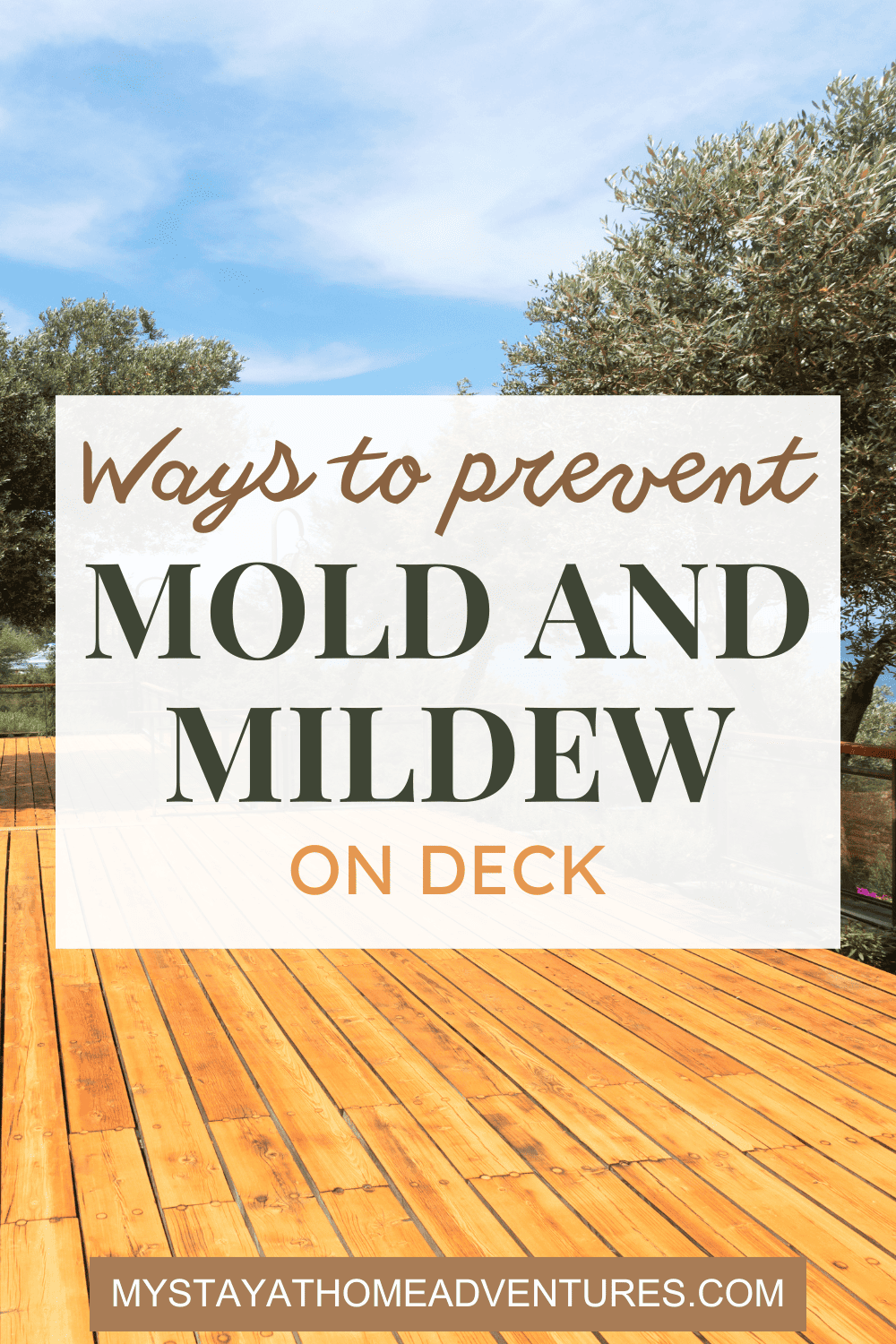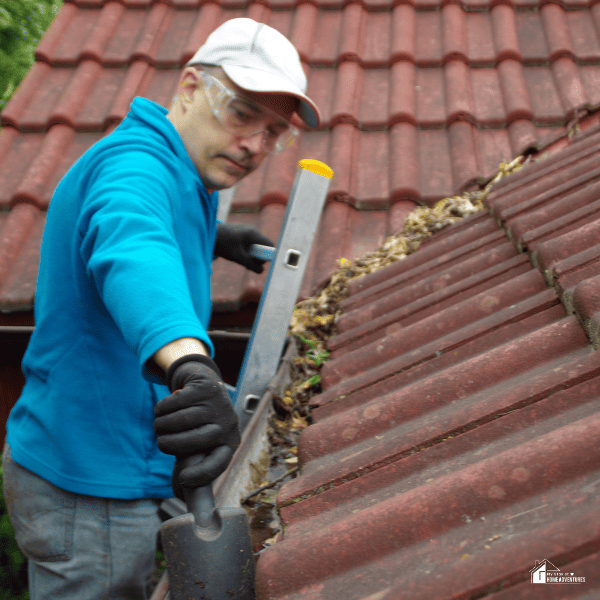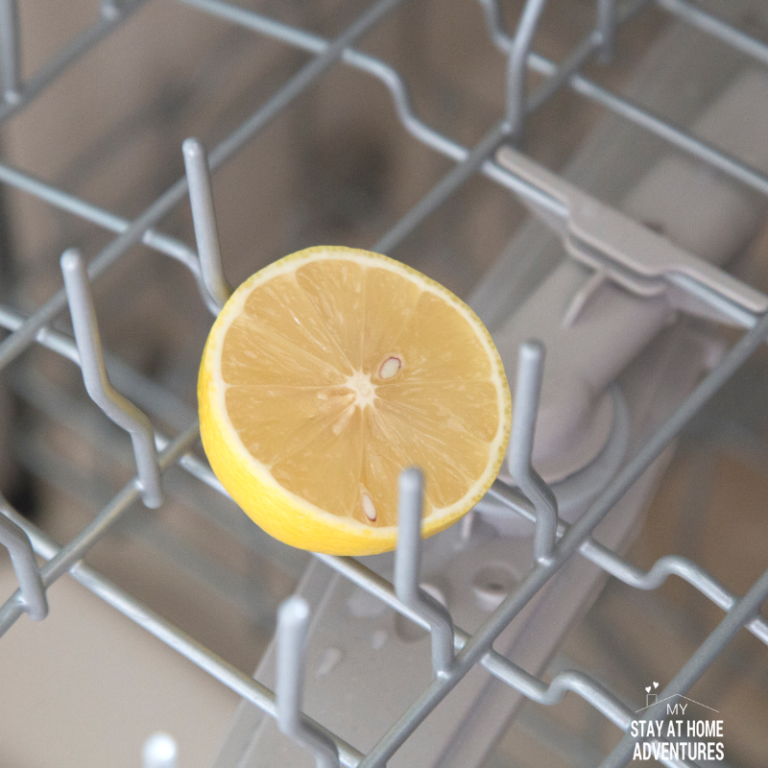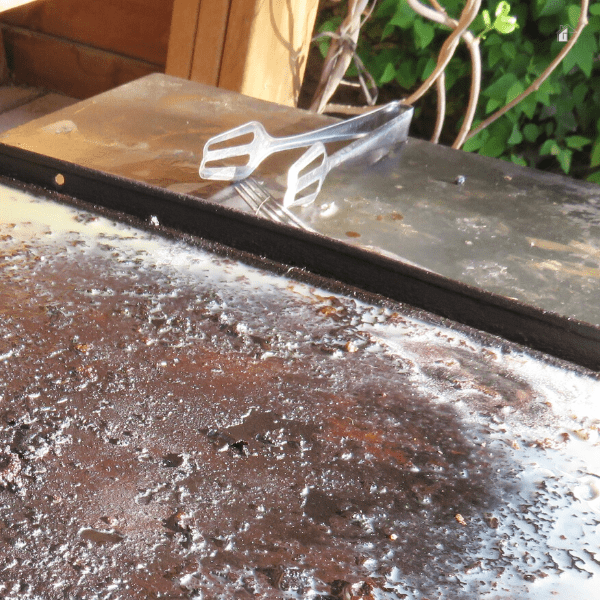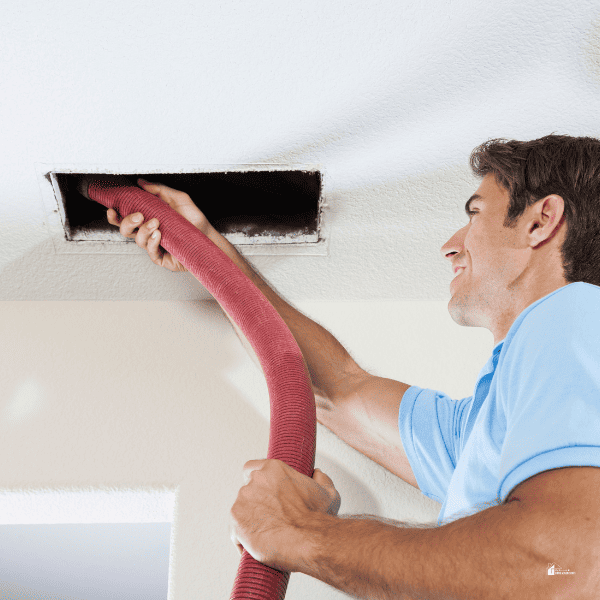How Do I Prevent Mold and Mildew on my Deck?
This post may contain affiliate links which might earn us money. Please read my Disclosure and Privacy policies hereTo keep your deck in pristine condition and extend its lifespan, it is essential to prevent the growth of mold and mildew. These fungal infestations not only affect the appearance of your deck but can also compromise its structural integrity over time.
By implementing a few preventive measures and regular maintenance practices, you can ensure that your deck remains mold and mildew-free, allowing you to fully enjoy your outdoor space without any worries.
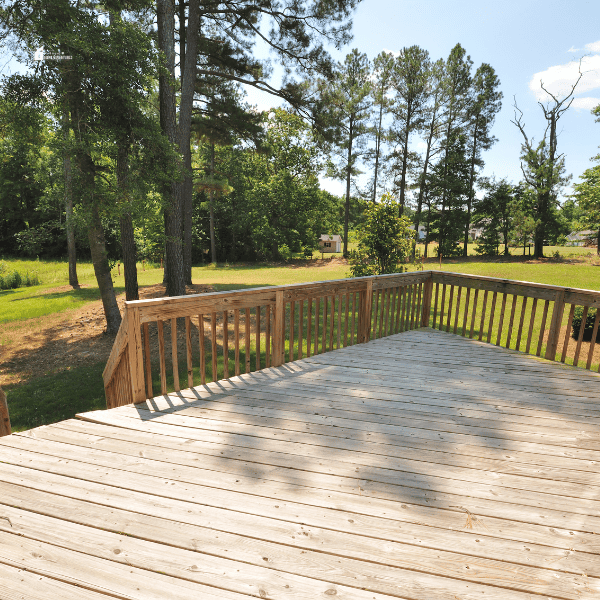
Preventing mold and mildew on the deck
For several reasons, preventing mold and mildew growth on your deck is of utmost importance. Firstly, mold and mildew can negatively impact the appearance of your deck, making it unattractive and potentially decreasing the value of your property.
Secondly, these fungi can weaken the deck's structural integrity over time, leading to potential safety hazards. Also, mold and mildew can cause health issues for individuals with respiratory conditions or allergies. By taking preventive measures, you can preserve your deck's aesthetics, functionality, and safety, ensuring a pleasant outdoor space for years to come.
Common causes of mold and mildew growth on decks
Excessive moisture and improper ventilation are common causes of mold and mildew growth on decks. When water accumulates on the surface or seeps into cracks and crevices, it creates a damp environment where mold and mildew thrive.
Lack of proper airflow can also contribute to their growth. Regular cleaning, maintenance, and implementing effective drainage solutions are essential in preventing these issues.
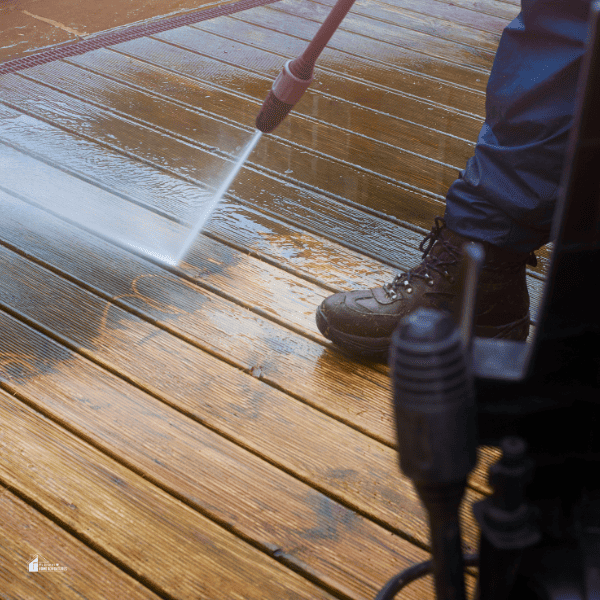
Regular Cleaning and Maintenance
Now, let’s talk about mold removal. Regular cleaning and maintenance are crucial in preventing mold and mildew growth on your deck. Regularly cleaning and removing debris eliminates the conditions that promote their growth.
Use proper cleaning techniques and products specifically designed for outdoor decks. Inspect your deck regularly for any signs of mold or mildew and take immediate action to remove them. Keeping your deck clean and well-maintained will help prevent the recurrence of mold and mildew issues.
Proper cleaning techniques for preventing mold and mildew
To prevent mold and mildew from growing on your deck, it's important to use proper cleaning techniques. Start by sweeping away any debris or dirt regularly. Then, gently scrub the deck's surface with a gentle detergent and water solution.
Rinse thoroughly with water and allow it to dry completely before placing any furniture or plants back on the deck. Clean in between boards and treat any visible mold or mildew promptly.
Regular inspection and removal of debris
Regularly inspecting your deck and removing debris is crucial for preventing mold and mildew growth. Check for any leaves, twigs, or other organic matter that may have accumulated on your deck surface or in between the boards.
Use a broom or leaf blower to sweep away the debris. Keeping your deck clean of debris can minimize the chances of moisture buildup and mold development.
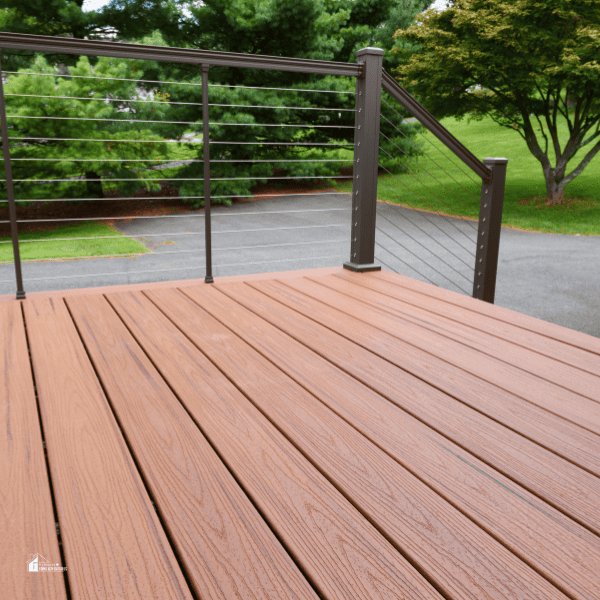
Proper Ventilation
Proper ventilation is essential in preventing mold and mildew growth on your deck. Adequate airflow helps to keep the moisture levels low, reducing the conditions favorable for mold and mildew to thrive. Fans and ventilation systems can enhance air circulation, especially in areas with limited natural airflow.
Ensuring proper ventilation creates a healthier environment for your deck and minimizes the risk of mold and mildew formation.
Importance of proper airflow on the deck
Proper airflow on the deck is crucial in preventing mold and mildew growth. Adequate ventilation helps keep moisture levels low, creating an environment where mold and mildew struggle to thrive.
It also helps with drying out any accumulated water or damp areas, reducing the risk of fungal infestations. Good airflow promotes a healthier and longer-lasting deck, ensuring your outdoor space remains enjoyable for years to come.
Utilizing fans and ventilation systems
Consider utilizing fans and ventilation systems to enhance airflow on your deck and prevent mold and mildew growth. These devices help to circulate fresh air and remove stagnant moisture.
Fans can be strategically placed to promote optimal air circulation, while ventilation systems, such as vents or exhaust fans, can be installed to facilitate air exchange. By implementing these measures, you can maintain a well-ventilated deck environment that discourages mold and mildew formation.
Applying a Mold and Mildew Resistant Sealant
To further prevent mold and mildew growth on your deck, applying a mold and mildew-resistant sealant is recommended. This protective coating acts as a barrier, preventing moisture from seeping into the wood and creating an environment where mold and mildew thrive.
Choose a sealant specifically formulated to resist mold and mildew, ensuring longer-lasting protection for your deck. Regularly reapply the sealant as needed to maintain its effectiveness.
Benefits of using a sealant to prevent mold and mildew growth
Using a sealant on your deck offers numerous benefits when preventing mold and mildew growth. The sealant acts as a protective barrier, stopping moisture from seeping into the wood and creating an environment where mold can thrive.
Regularly applying a mold and mildew-resistant sealant ensures longer-lasting protection for your deck and maintains a clean and healthy outdoor space.
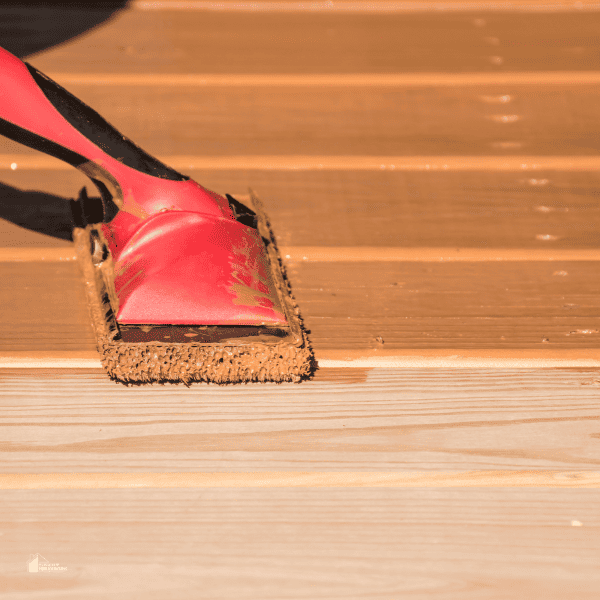
Choosing the appropriate sealant for your deck
When it comes to preventing mold and mildew on your deck, choosing the right sealant is crucial. Look for a sealant specifically designed to be mold and mildew-resistant.
Consider factors such as the type of wood or material your deck is made of, the climate you live in, and any specific conditions your deck may be exposed to. A high-quality sealant will provide long-lasting protection against moisture and prevent mold and mildew growth.
Regularly treating your deck with a fungicide is an effective way to prevent mold and mildew growth. Fungicides are specially formulated to kill and inhibit the growth of fungi, including mold and mildew.
By applying a fungicide regularly, you can ensure that any existing spores are eliminated and future mold and mildew growth is prevented. Be sure to follow the instructions on the fungicide product for proper application and frequency of treatment. This will help keep your deck clean, safe, and free from mold and mildew.
Understanding the role of fungicides in preventing mold and mildew
Fungicides play a crucial role in preventing mold and mildew on decks. They are specially formulated to kill and inhibit the growth of fungi, including mold and mildew. By regularly treating your deck with a fungicide, you can eliminate existing spores and prevent future growth.
This helps keep your deck clean, safe, and free from mold and mildew. Remember to follow the instructions on the fungicide product for proper application and frequency of treatment.
Proper application and frequency of treatment
To effectively prevent mold and mildew on your deck, it's important to apply fungicide properly and at the right frequency. Follow the instructions on the product for the correct application method. Typically, fungicides are sprayed or applied with a brush.
It's recommended to treat your deck with fungicide on a regular basis, especially during humid or damp seasons. This will help eliminate existing spores and inhibit future mold and mildew growth for a clean and healthy deck.
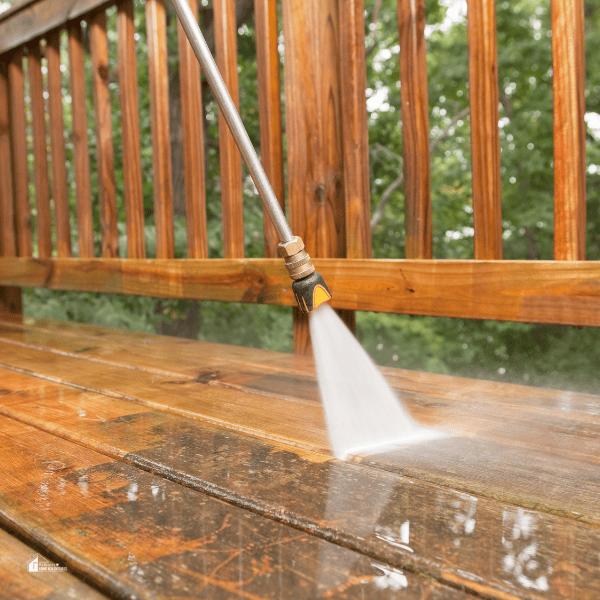
Proper Drainage System
An effective drainage system is crucial in preventing mold and mildew on your deck. A proper drainage system helps prevent water accumulation, which can lead to moisture retention and create a favorable environment for mold growth. Ensure that your deck has adequate slope and gutters to redirect water away from the structure.
Regularly check and clean your gutters to maintain optimal drainage. With a well-designed drainage system, you can significantly reduce the risk of mold and mildew on your deck.
Implementing effective drainage solutions for the deck
To prevent mold and mildew on your deck, it's important to implement effective drainage solutions. Ensure that your deck has proper slope and gutters to redirect water away from the structure. Regularly check and clean your gutters to maintain optimal drainage.
With a well-designed drainage system, you can significantly reduce the risk of mold and mildew growth on your deck, keeping it clean and dry for years to come.
Preventing water accumulation and moisture retention
To prevent mold and mildew on your deck, it is essential to address water accumulation and moisture retention. Proper drainage solutions should be implemented to redirect water away from the deck structure.
Make sure your deck has a suitable slope and gutters to facilitate water flow. Regularly clean gutters to maintain optimal drainage and prevent water from pooling on the deck's surface. By effectively managing water accumulation, you can minimize the chances of mold and mildew growth on your deck.
Using Mold and Mildew Resistant Materials
When building or renovating a deck, it is important to choose materials that are naturally resistant to mold and mildew. Some popular options include composite decking, vinyl, and tropical hardwoods. These materials are designed to withstand moisture and prevent the growth of mold and mildew.
Also, treating susceptible materials with mold and mildew-resistant products can provide an extra layer of protection. By using these materials, deck owners can significantly reduce the risk of mold and mildew growth on their decks.
Selecting deck materials that are naturally resistant to mold and mildew
When building or renovating a deck, it is important to choose materials that are naturally resistant to mold and mildew. Opt for composite decking, vinyl, or tropical hardwoods, as they are designed to withstand moisture and prevent the growth of mold and mildew. By using these materials, you can significantly reduce the risk of mold and mildew on your deck.
Treatment options for susceptible materials
When it comes to susceptible deck materials, such as wood, it's important to take additional treatment measures to prevent mold and mildew growth. Applying a protective coating or sealant specifically designed for wood can provide an extra barrier against moisture and fungal growth. Also, regularly treating the wood with a fungicide can help protect it from mold and mildew. By taking these precautionary steps, you can ensure that your deck stays beautiful and mold-free for years to come.
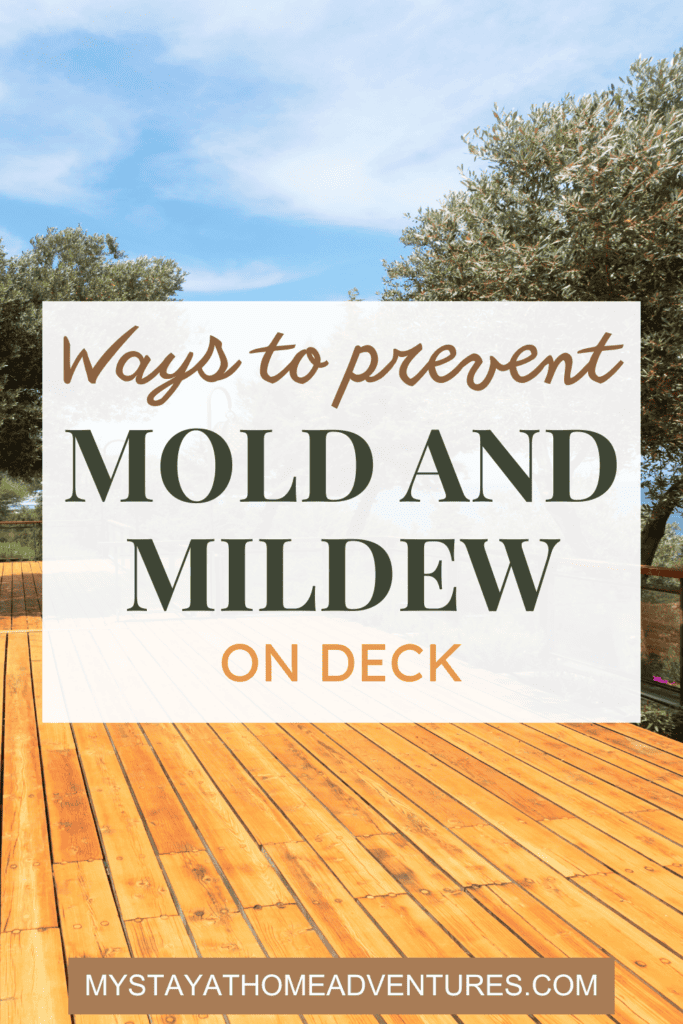
Addressing Underlying Issues
To fully prevent mold and mildew on your deck, addressing any underlying issues contributing to their growth is crucial. This involves identifying and resolving problems such as water leaks, excessive moisture, or poor drainage. By fixing these issues at their root cause, you can create a healthier environment for your deck and minimize the risk of mold and mildew formation.
Identifying and resolving any underlying issues that contribute to mold and mildew growth
To fully prevent mold and mildew on your deck, addressing any underlying issues contributing to their growth is crucial. This involves identifying and resolving problems such as water leaks, excessive moisture, or poor drainage. By fixing these issues at their root cause, you can create a healthier environment for your deck and minimize the risk of mold and mildew formation.
Addressing water leaks and excessive moisture
It is important to address any water leaks or excessive moisture issues to prevent mold and mildew growth on your deck. Inspect your deck for any signs of water leaks and repair them promptly. Ensure proper drainage around the deck to prevent water accumulation. Also, consider sealing any gaps or cracks in the deck surface to minimize moisture retention. You can create a dry and mold-resistant environment for your deck by addressing these issues.
To prevent mold and mildew on your deck, it is important to regularly clean and maintain your deck, remove debris, ensure proper ventilation, apply a mold and mildew-resistant sealant, treat with fungicide as needed, implement an effective drainage system, use materials that are naturally resistant to mold and mildew, and address any underlying issues such as water leaks. Following these preventive measures allows you to enjoy a mold-free and long-lasting deck.

